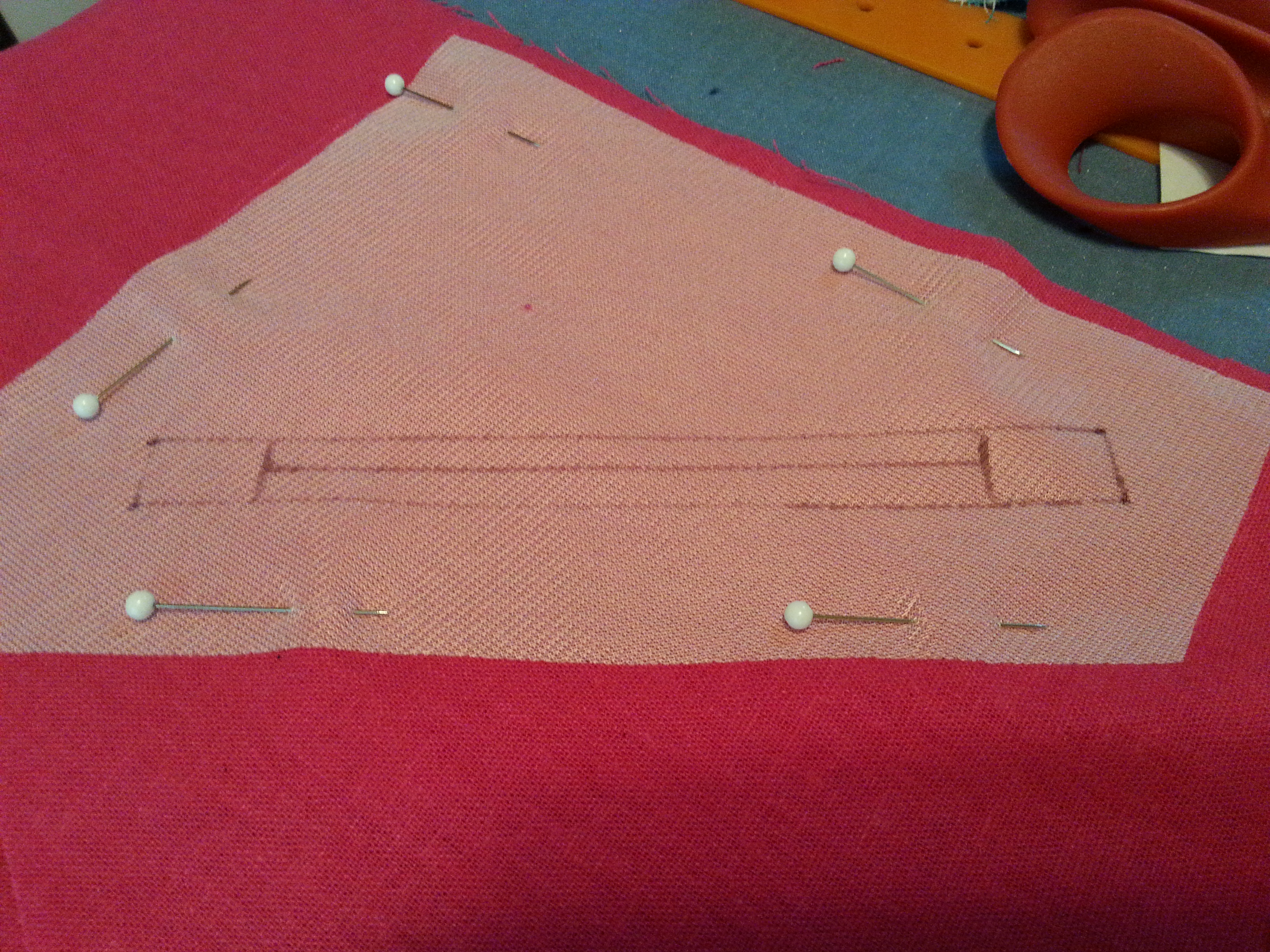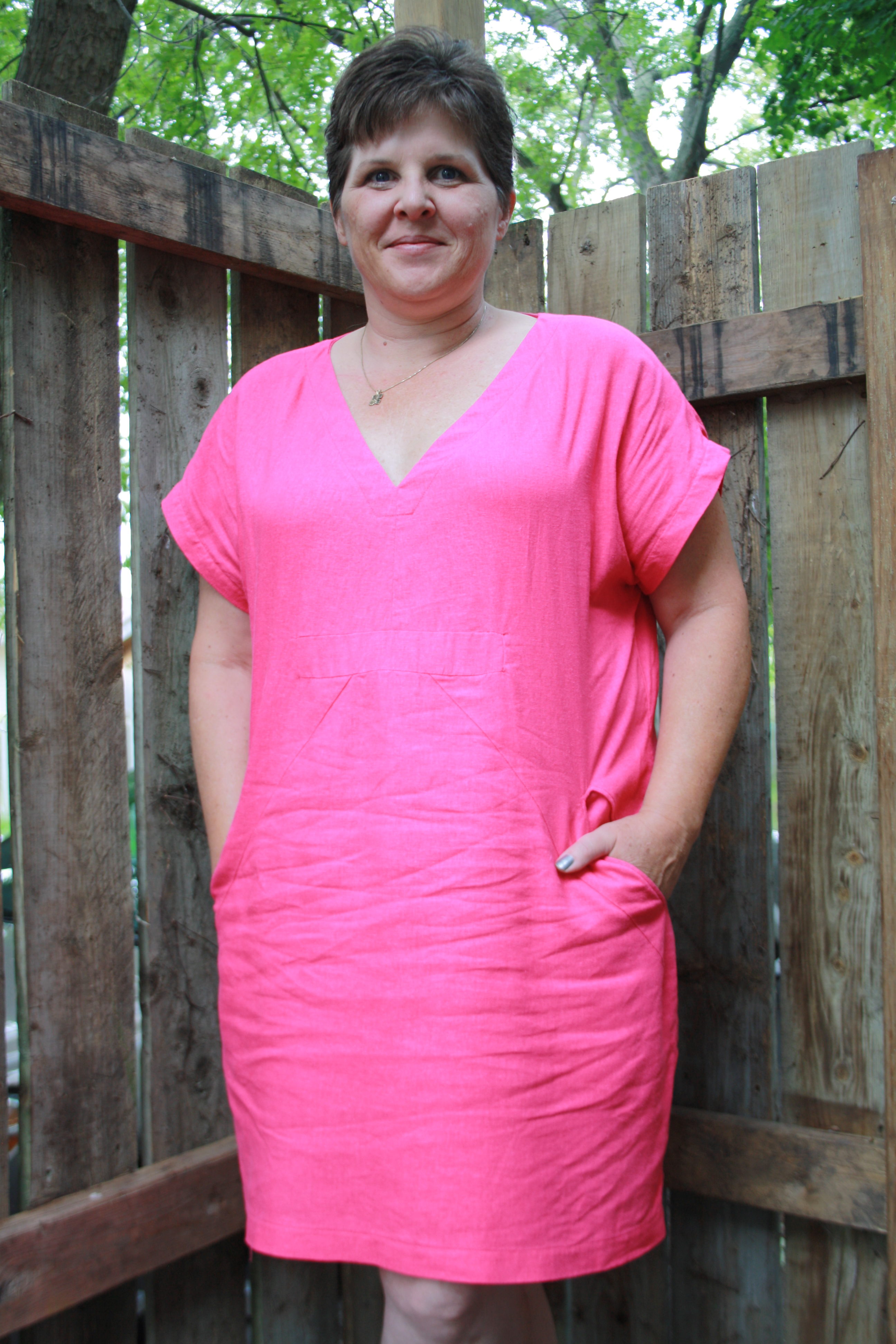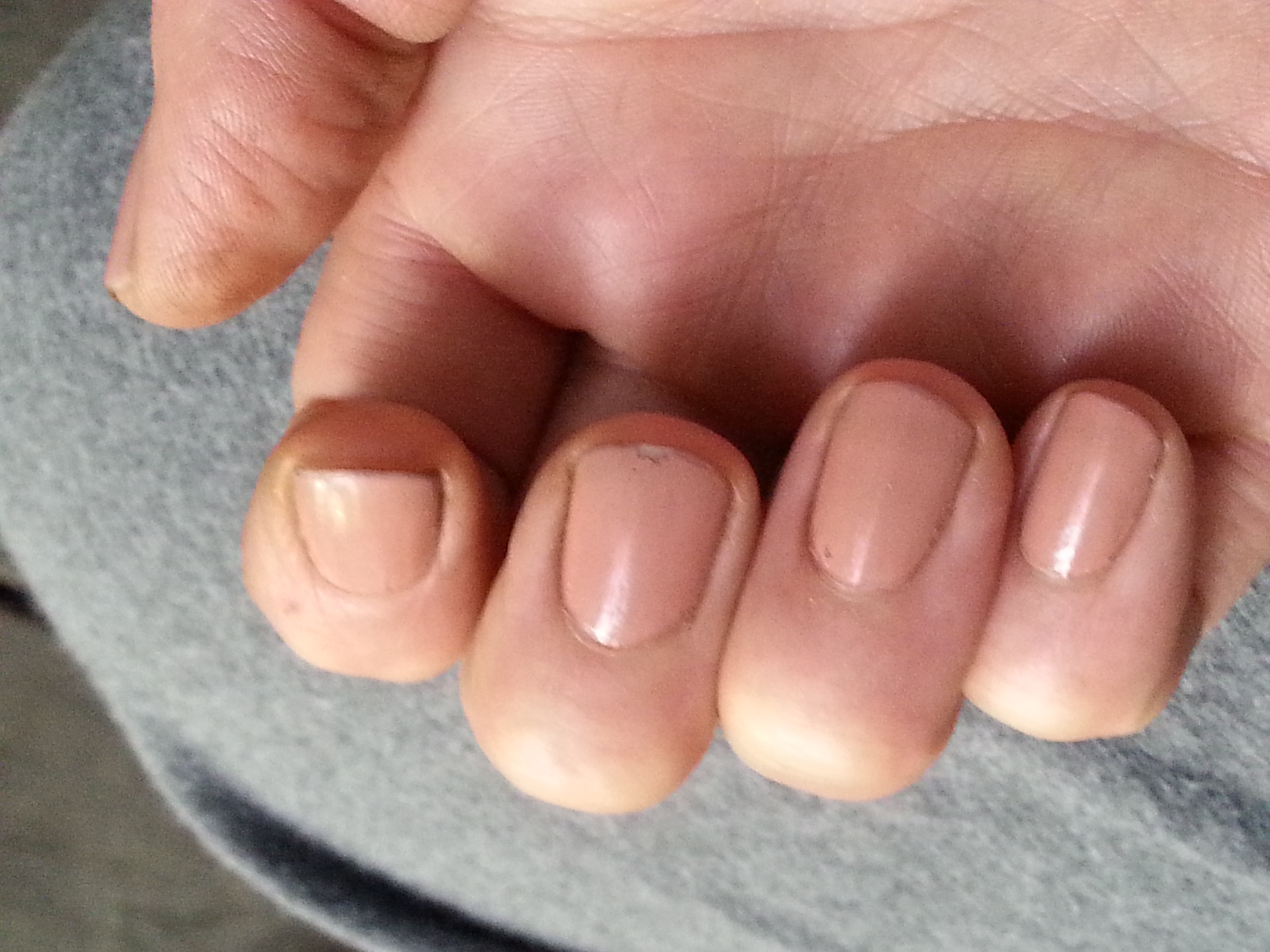 I am happy to say I met my sewing goal this week! The plan was to make both of these fabrics up into cowl neck sweaters with the extra deep cuffs and bottom bands of my magenta sweater above. I should mention I actually have two magenta sweaters, exactly the same. It’s a good thing I don’t go out much because I was wearing a magenta sweater nearly every day and people would have started wondering if I had stopped showering.
I am happy to say I met my sewing goal this week! The plan was to make both of these fabrics up into cowl neck sweaters with the extra deep cuffs and bottom bands of my magenta sweater above. I should mention I actually have two magenta sweaters, exactly the same. It’s a good thing I don’t go out much because I was wearing a magenta sweater nearly every day and people would have started wondering if I had stopped showering.
 The Burgundy Cowl
The Burgundy Cowl
I made up the burgundy first. I worried that the terry look of the fabric would make it seem like I was wearing a towel or pajama top, but I think I worried for nothing! It was cold here when I finished it so it went straight from the machine to my body.
Please note, some of the following links may be affiliate links. This means should you make a purchase through my link I will make a small commission. You pay the same price for what I believe is a great product either way.
This is such a simple hack to make and a quick sew. I started from my pattern for the Tabitha Top. The Tabitha top is meant to have different options added to the bottom so the main body pieces are already somewhat cropped but you could shorten it more if you prefer a more cropped sweater. I used the piece for the back of the split hem view for my width and increased the height to 12″ for my 6″ bottom band. Front and back at the hip are the same width, so I just cut two.
For the cuffed sleeve all I did was trace out a long sleeve and whap 6″ from the length. From there, I traced the cut-off part so it could be doubled into a cuff which makes an hour-glass sort of shape. The cowl and neckline I traced out from the Laundry Day Tee for this version. In the magenta version, I kept the Tabitha neckline but raised the bottom of the front by about 2 inches. Then I measured the new neckline and made a collar piece just an inch shorter than the neckline and 8 inches tall for my 4″ tall mock neck.
The Mossy Green Cowl
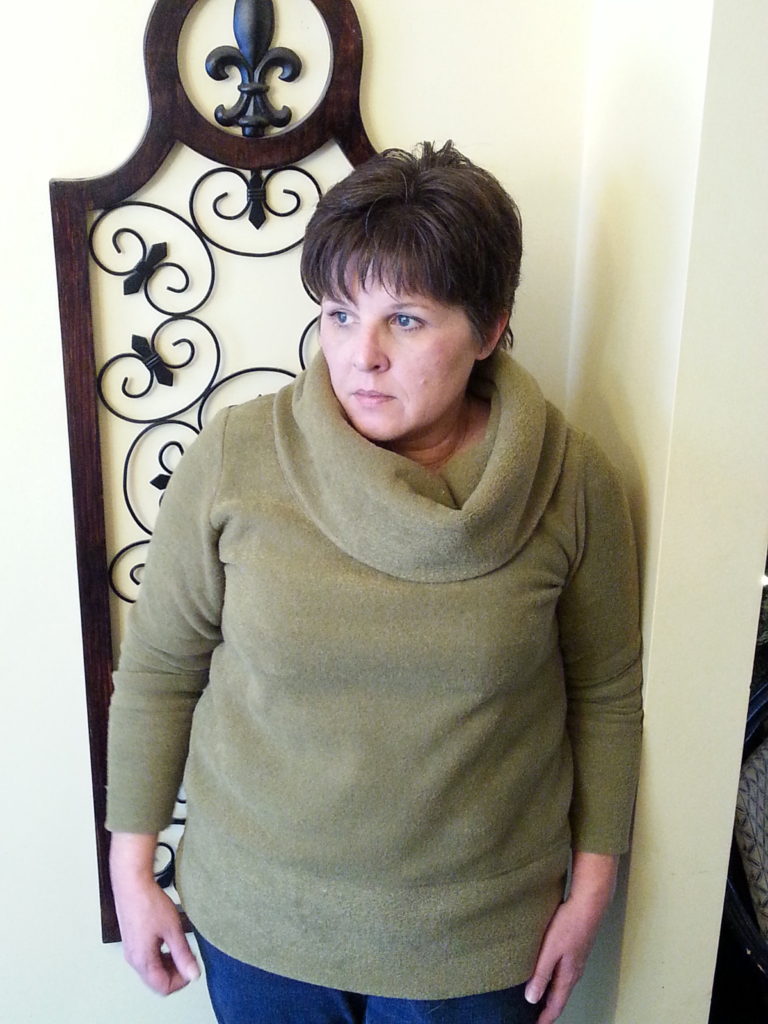
I don’t know if you can see it in the photo, but this fabric has a ridiculously subtle stripe in it. My attempts to lay out my pattern for cutting Saturday morning thwarted by the direct sunlight coming in the patio door, I had to leave it until evening to cut it out. In all the fretting over those barely visible stripes, I managed to cut the body and sleeves with the nap running the wrong way. I don’t care, it’s warm and I’m wearing it.
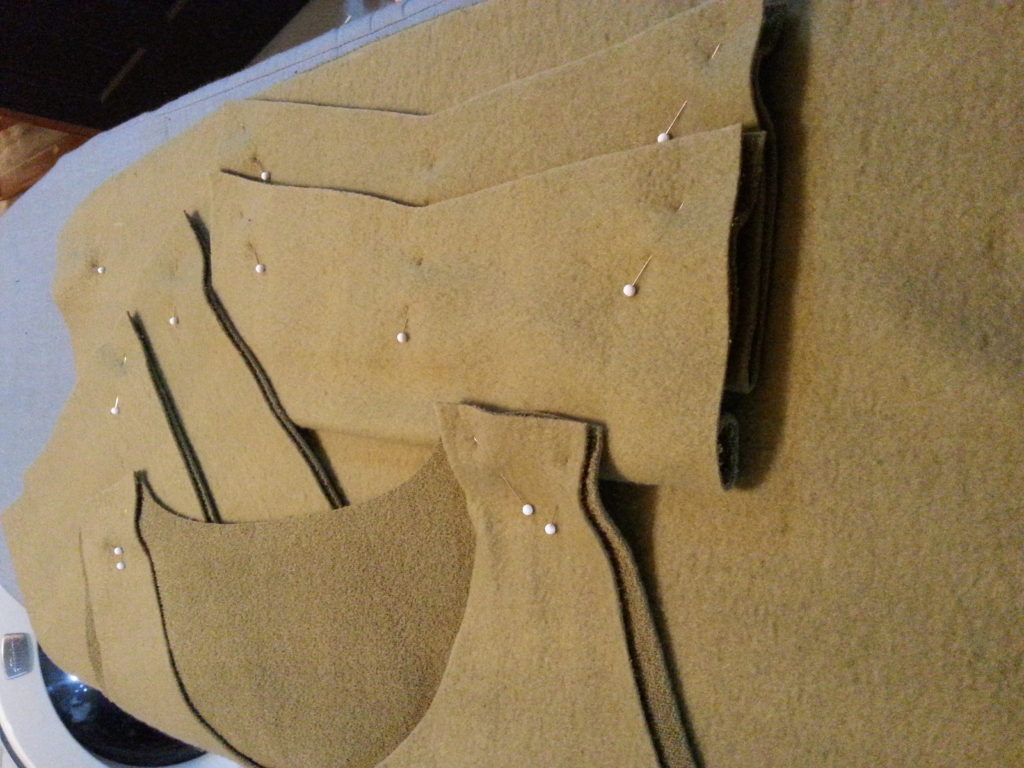 Assembly is pretty simple so once you have the pattern sorted out, you can sew this up in an hour or less depending on whether you top stitch or not. Top stitching does give it a more finished look, but it’s also just fine without. The sleeve cuffs are pretty fiddly to top stitch, but it’s doable.
Assembly is pretty simple so once you have the pattern sorted out, you can sew this up in an hour or less depending on whether you top stitch or not. Top stitching does give it a more finished look, but it’s also just fine without. The sleeve cuffs are pretty fiddly to top stitch, but it’s doable.
So that’s my week 1 sewing goals met. Let’s see how I do next week, but in the meantime I’m amazed to own 4 new this year sweaters that I love wearing and feel good in. Usually I’m lucky to own two at a time because a) I’m a cheap skate and b) I hate shopping for clothing that much. How did you make out with the short week last week?

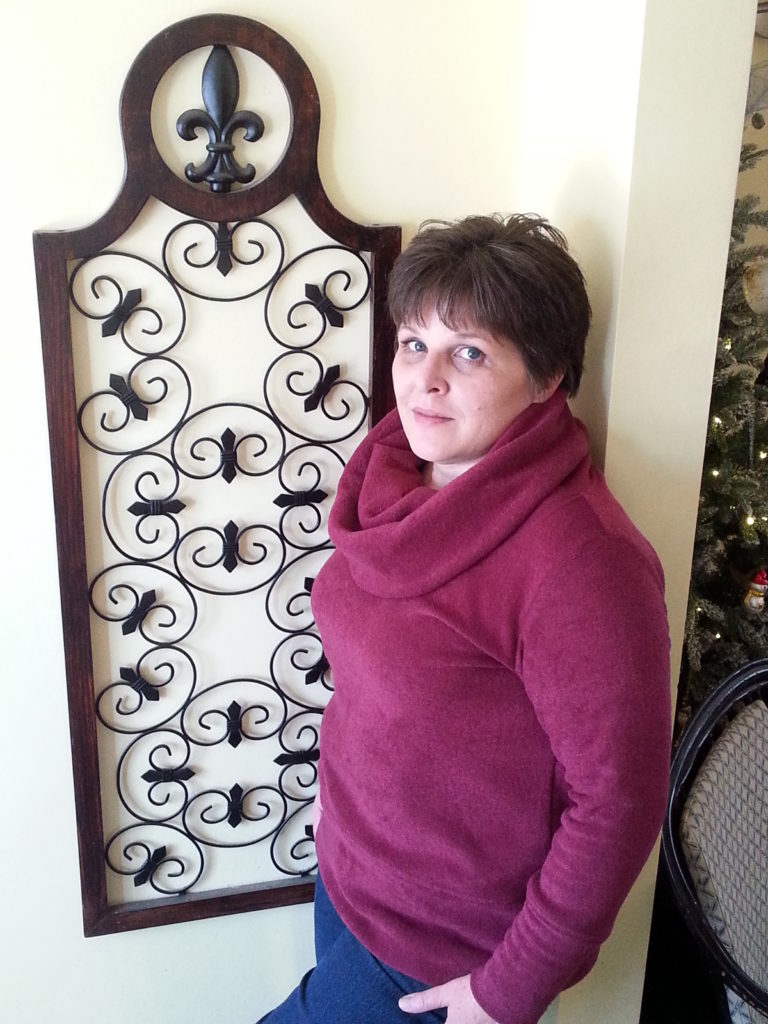 The Burgundy Cowl
The Burgundy Cowl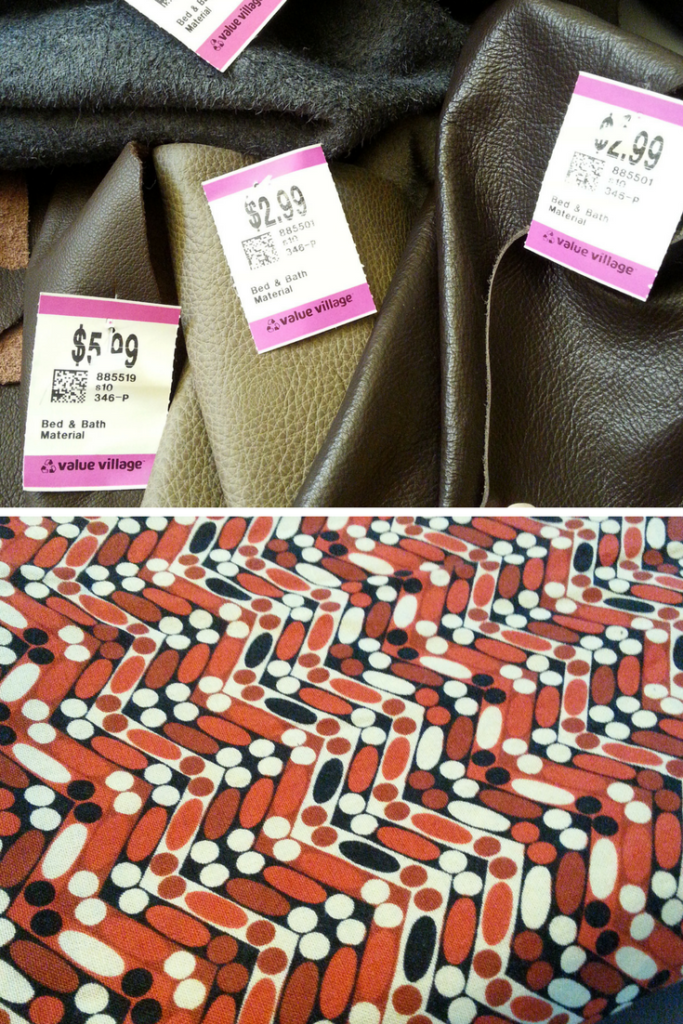 The week 2 theme is “something from the last fabric purchased”. I snagged these pieces of leather months ago, but the lining fabric below was just picked up last week so I’ll be using it to make a couple of things.
The week 2 theme is “something from the last fabric purchased”. I snagged these pieces of leather months ago, but the lining fabric below was just picked up last week so I’ll be using it to make a couple of things.
 And I also want to make a couple more pairs of jeans. Back in the fall I made myself about 7 pairs of jeans using the Ginger Jeans pattern from Closet Case Files. Now that I’ve worn them and loved them for a couple of months, I want to steadily add a couple new pairs to my rotation every few months. When the denim is only $6 a meter and I can get two pairs from 5 meters, how can you go wrong? I have all the fabric and notions needed for this project, and jeans are perfect for batch sewing. It really minimizes thread swapping to sew a couple of pairs at a time.
And I also want to make a couple more pairs of jeans. Back in the fall I made myself about 7 pairs of jeans using the Ginger Jeans pattern from Closet Case Files. Now that I’ve worn them and loved them for a couple of months, I want to steadily add a couple new pairs to my rotation every few months. When the denim is only $6 a meter and I can get two pairs from 5 meters, how can you go wrong? I have all the fabric and notions needed for this project, and jeans are perfect for batch sewing. It really minimizes thread swapping to sew a couple of pairs at a time. My venture into coat making started with a bolt of bright red Softshell fabric on the bargain shelf at Fabricland. At $6 a meter I took all of it and then turned to the internet for advice on coat making. I decided that whichever pattern I used, it had to have Thinsulate. Softshell fabric is wind resistant and fleecy on one side, but if I’m making a coat, it’s going to be warm.
My venture into coat making started with a bolt of bright red Softshell fabric on the bargain shelf at Fabricland. At $6 a meter I took all of it and then turned to the internet for advice on coat making. I decided that whichever pattern I used, it had to have Thinsulate. Softshell fabric is wind resistant and fleecy on one side, but if I’m making a coat, it’s going to be warm.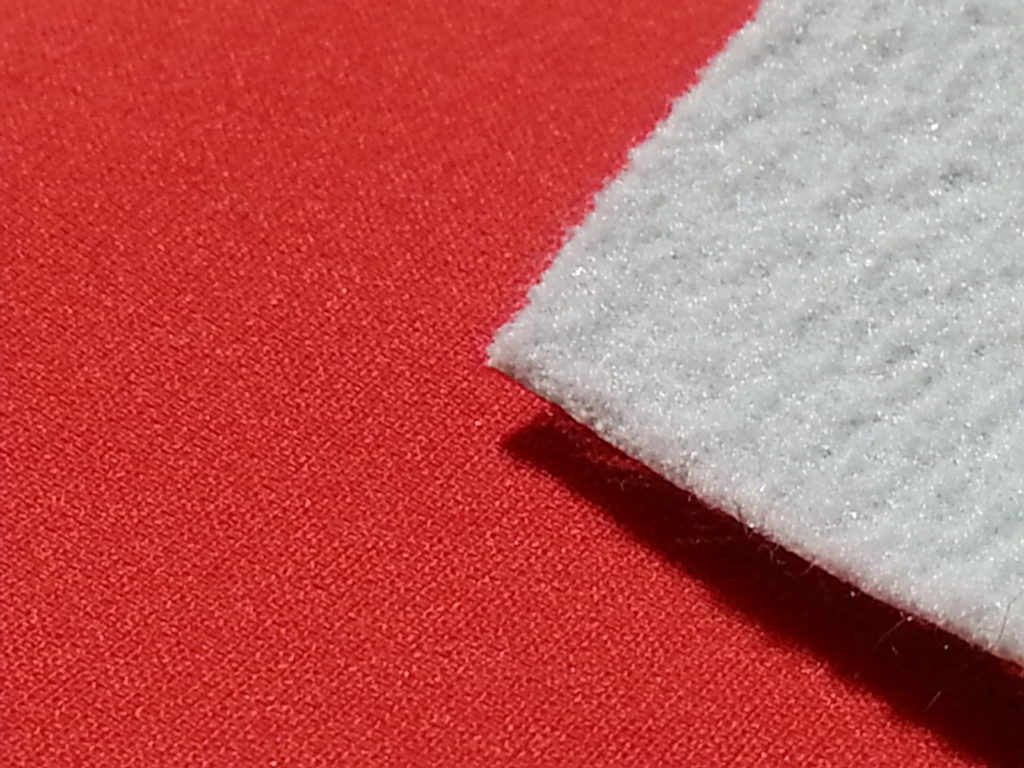
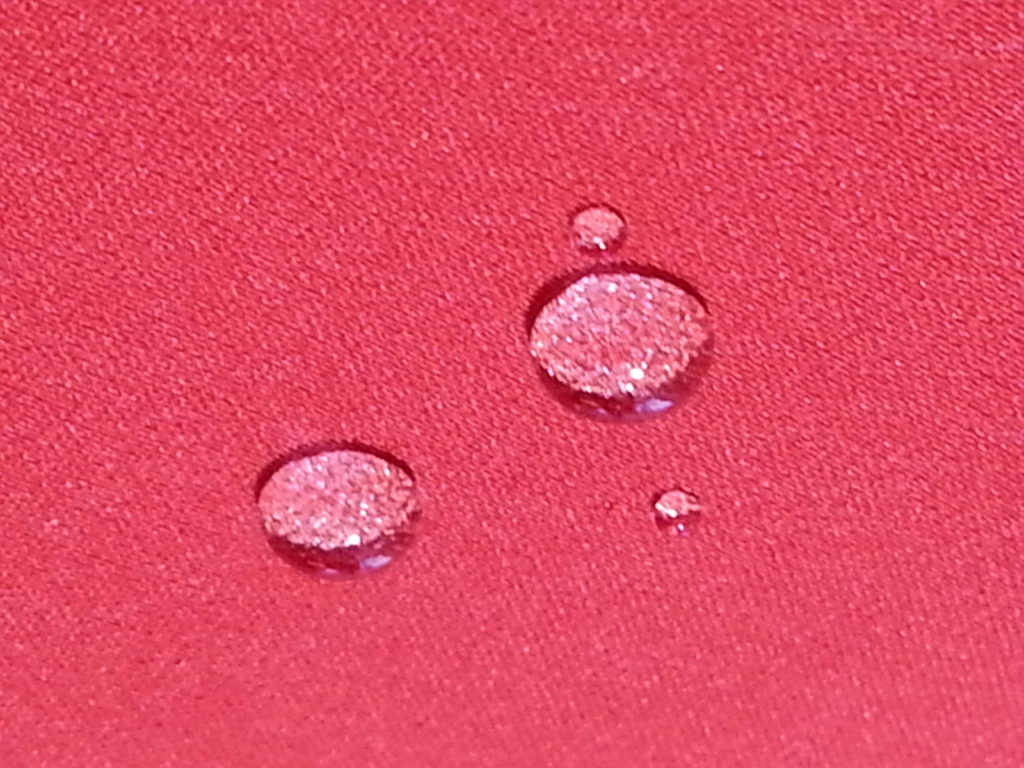
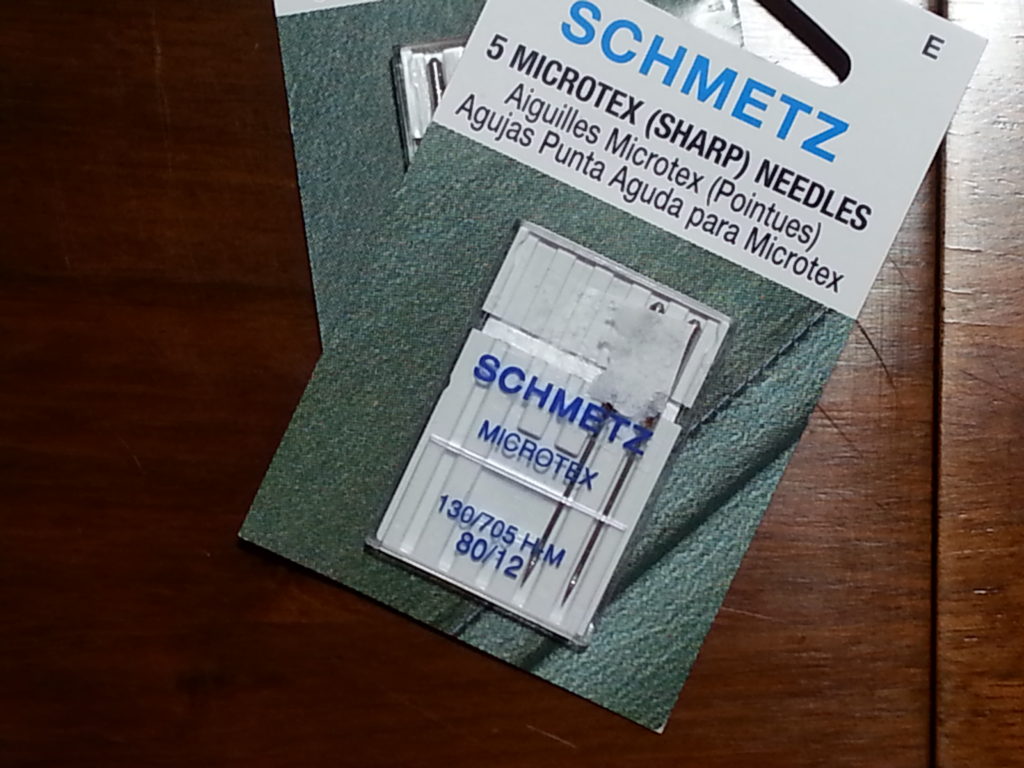
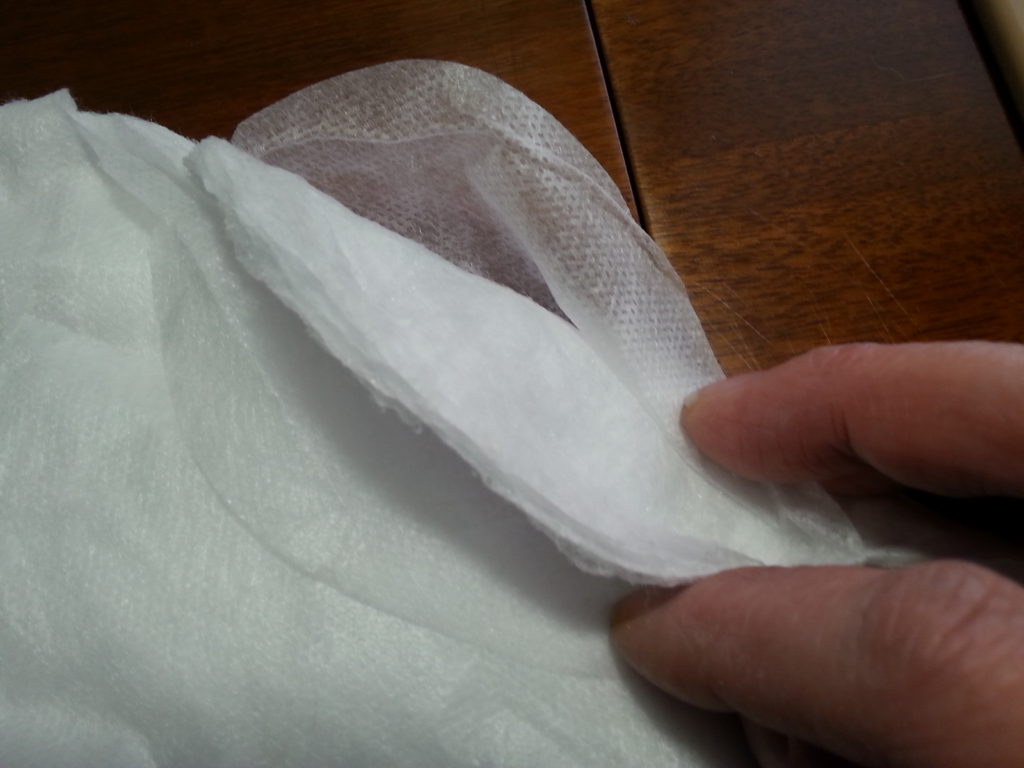
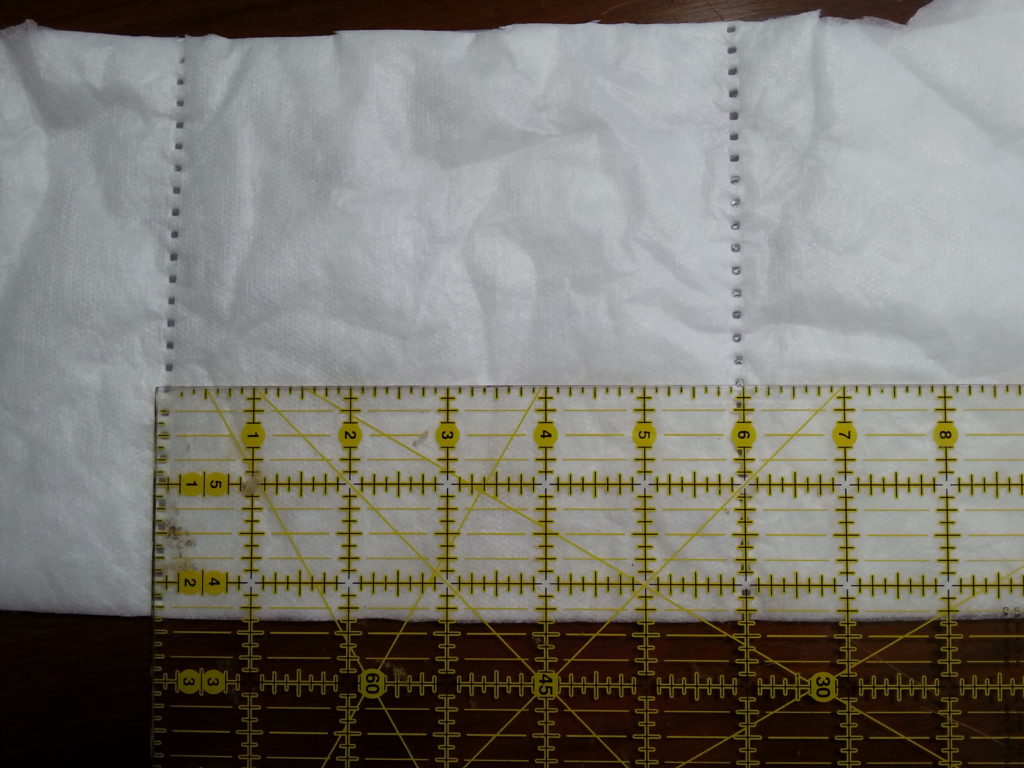
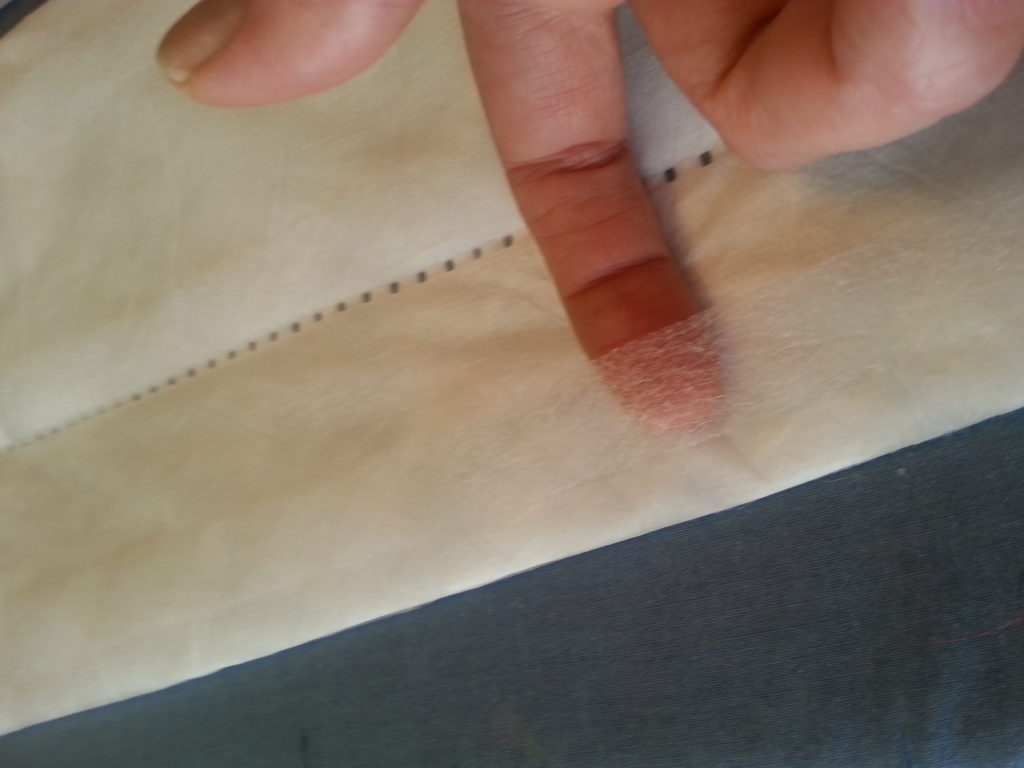
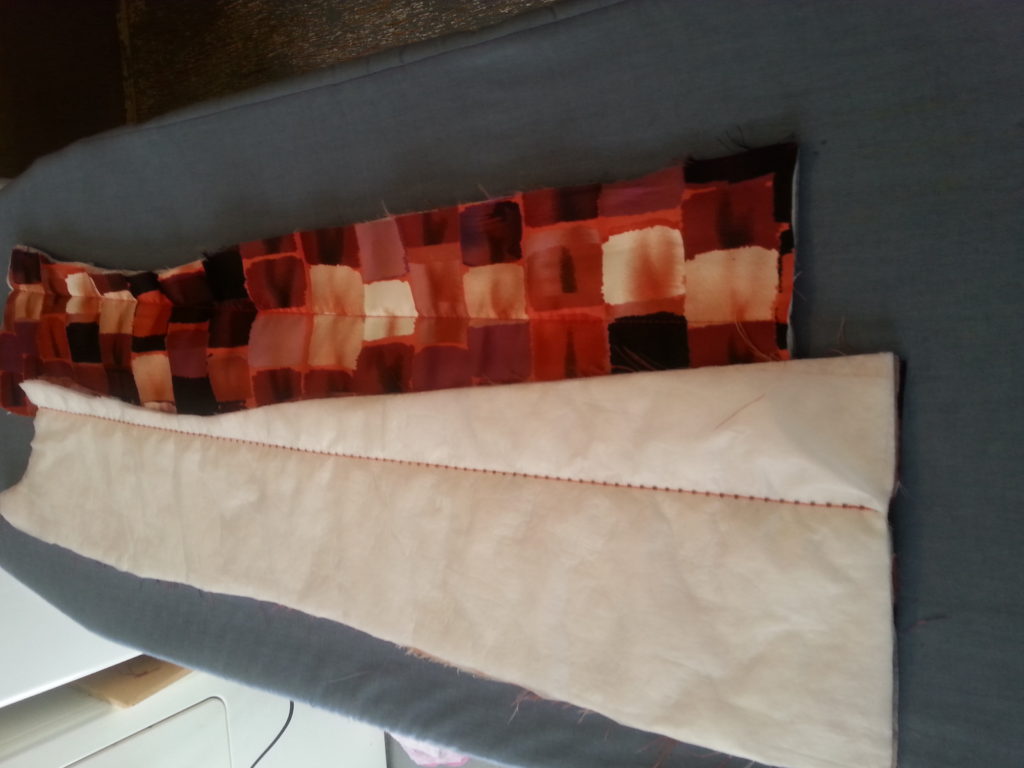
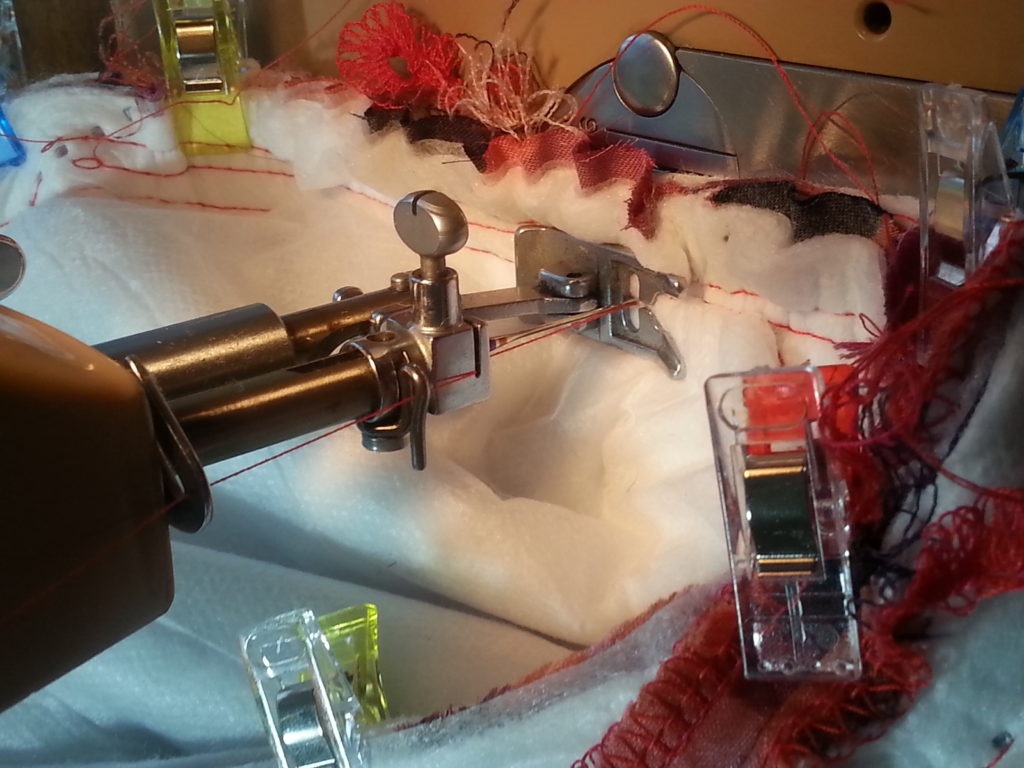
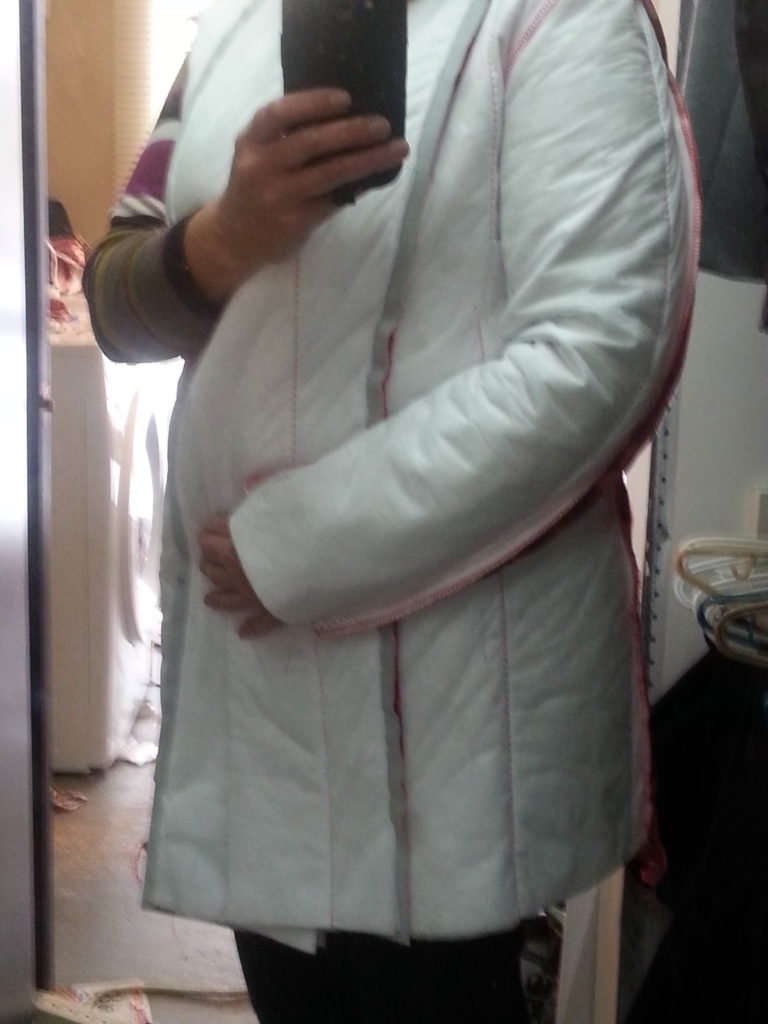
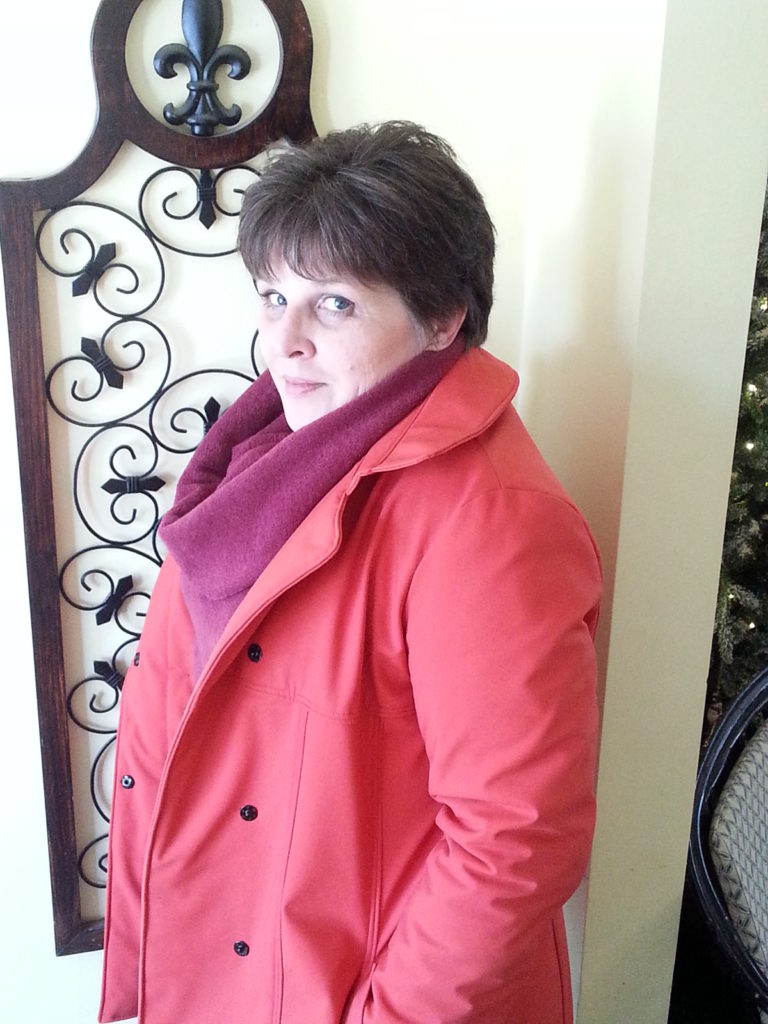 My biggest sewing project in December is finally complete – I made a coat! Not just any coat either, but a coat that is fully insulated and lined, which is a really big deal considering it was my first attempt at coatmaking.
My biggest sewing project in December is finally complete – I made a coat! Not just any coat either, but a coat that is fully insulated and lined, which is a really big deal considering it was my first attempt at coatmaking.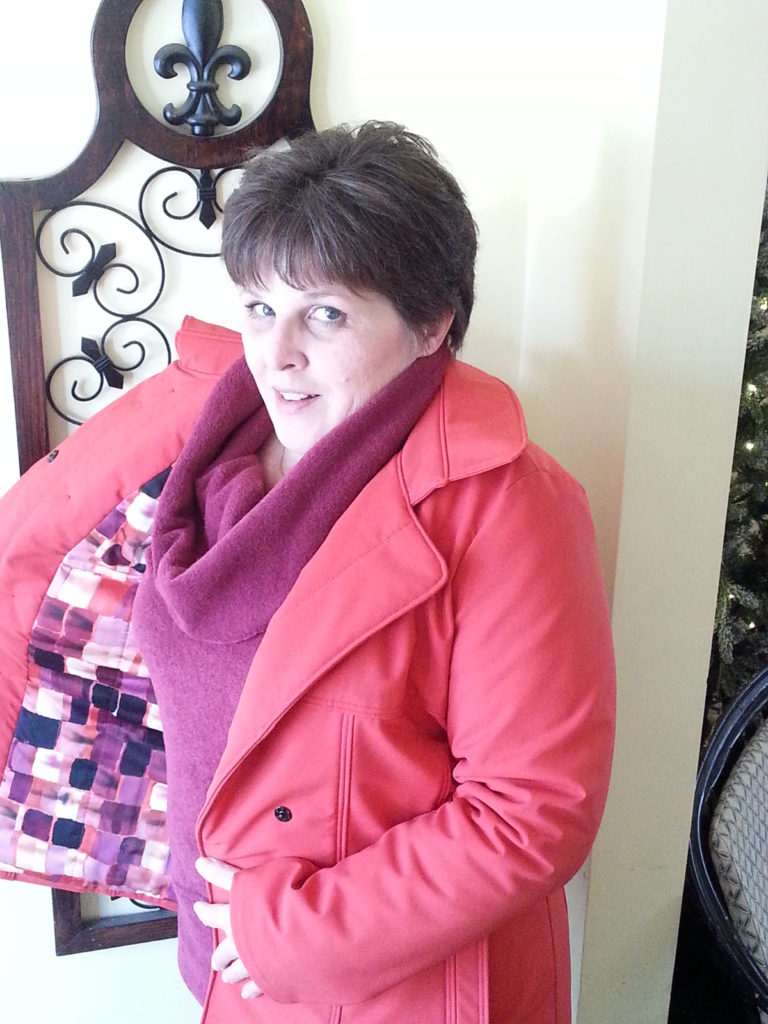 Big project or not, it was completely worth it! This coat checks nearly all my must haves.
Big project or not, it was completely worth it! This coat checks nearly all my must haves.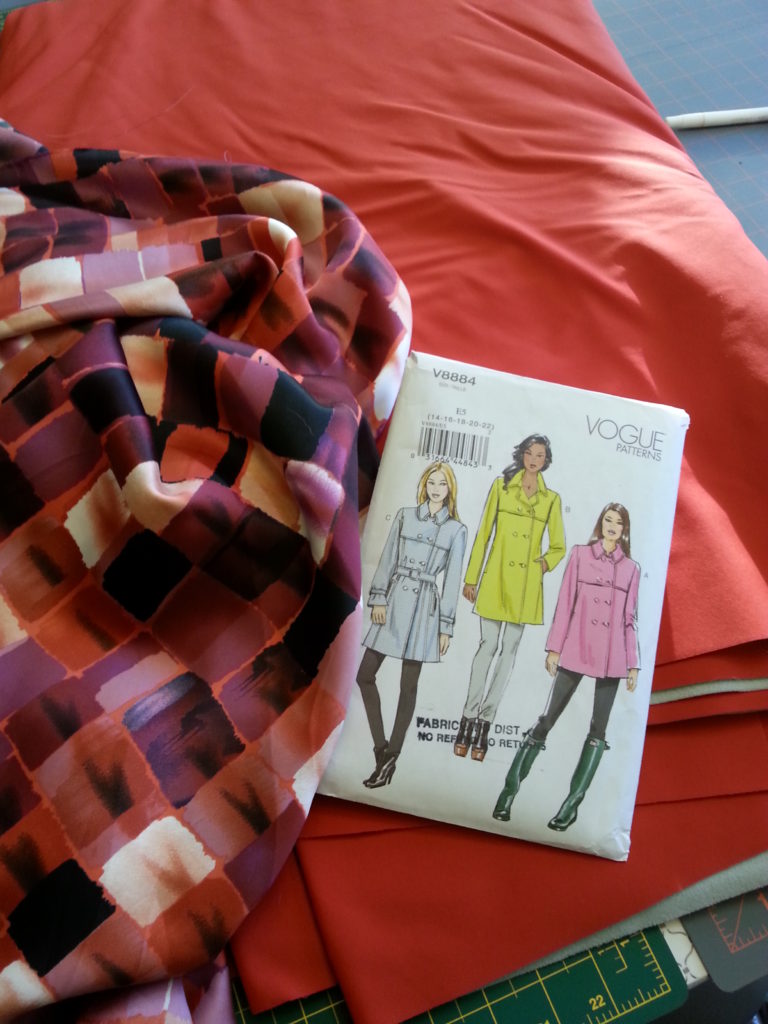
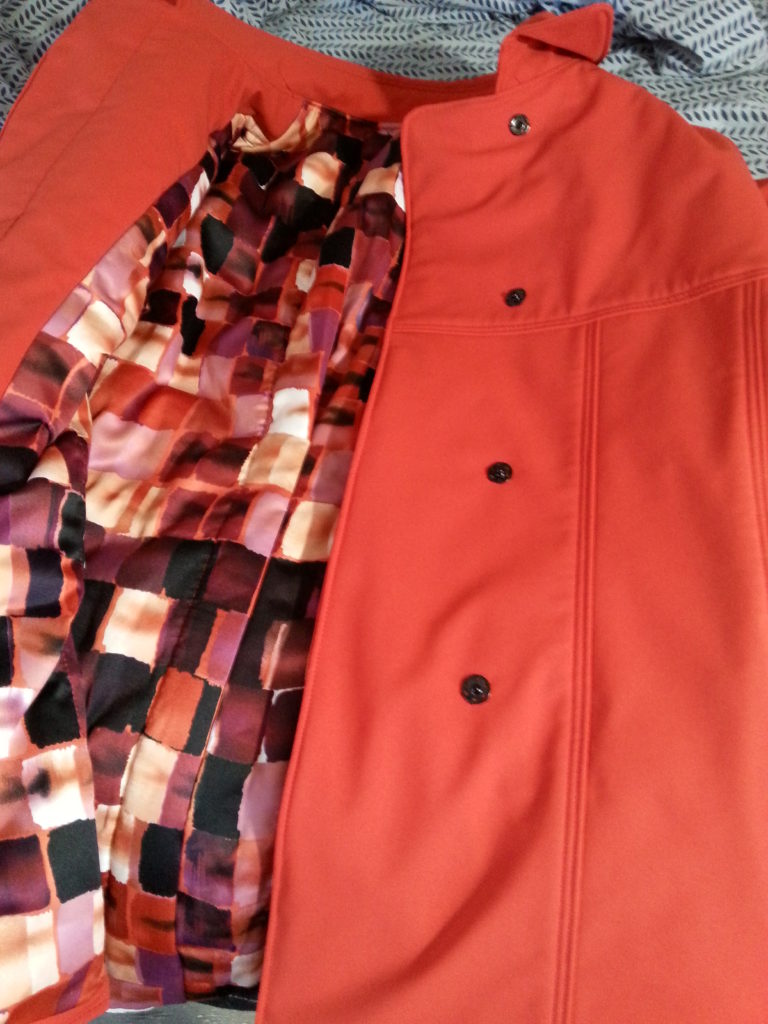
 I finished my fourth and probably final, for this year at least,
I finished my fourth and probably final, for this year at least, 
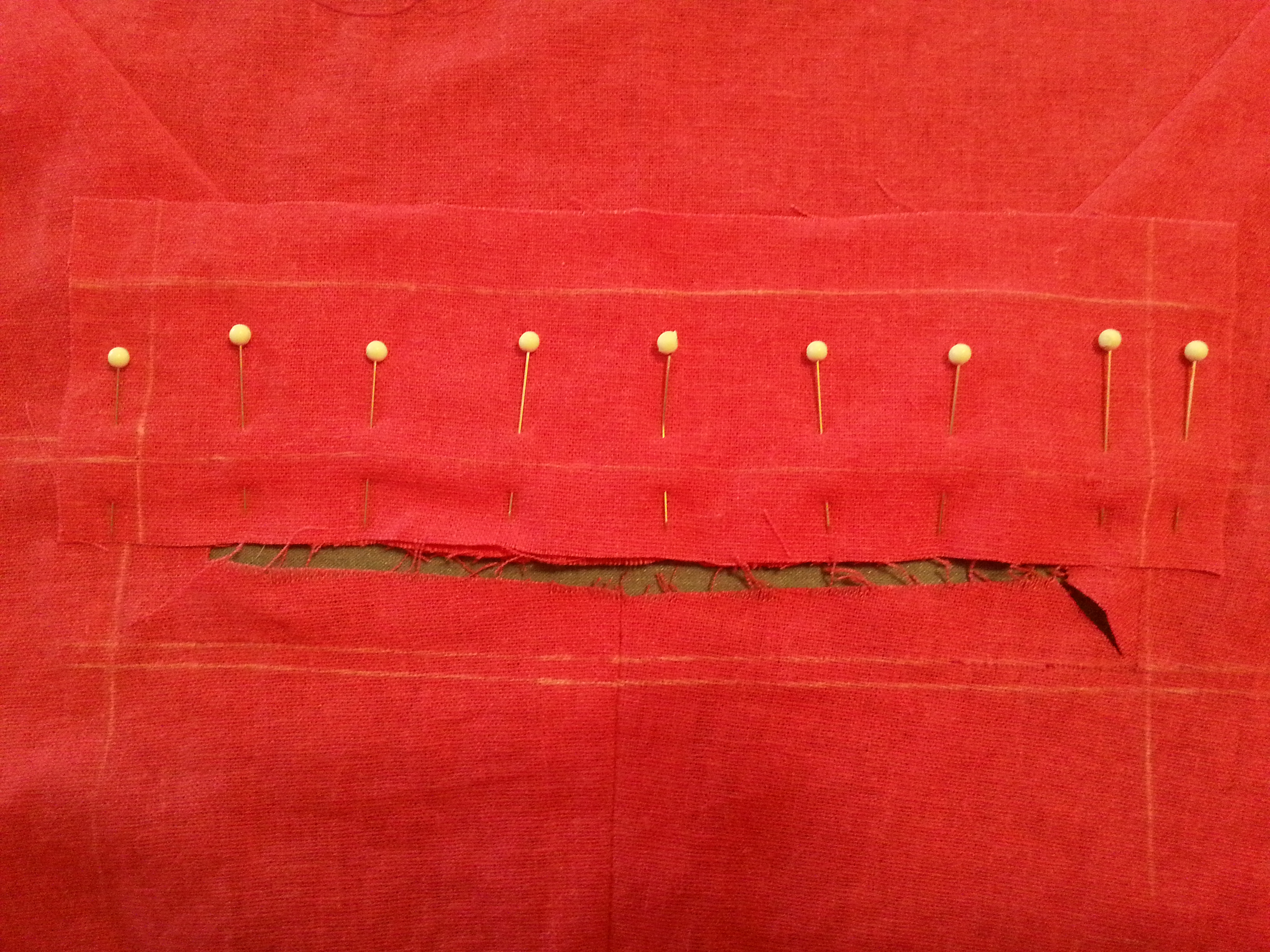
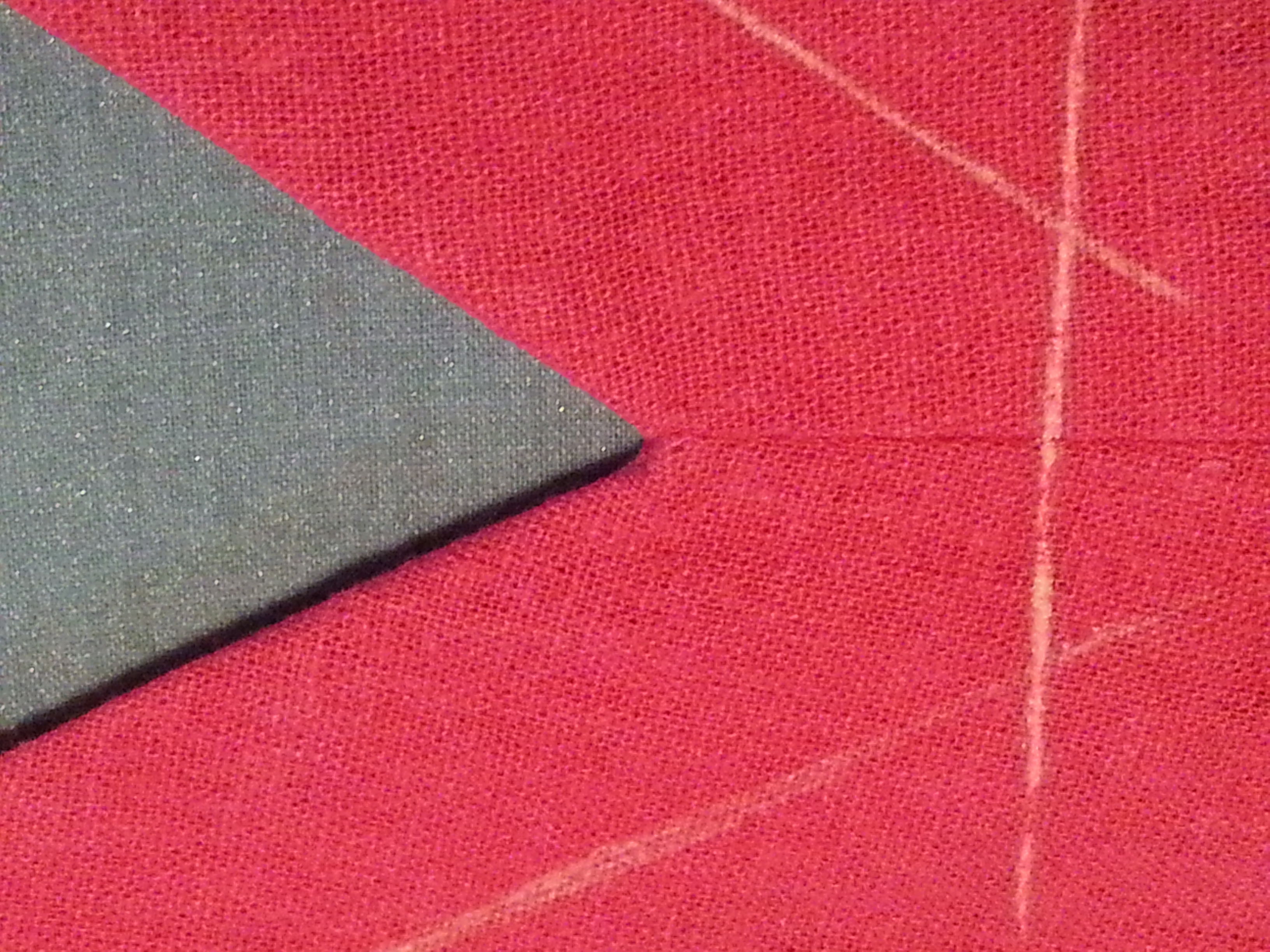 That precision may not have given me a perfect placket, but my v-neck is nearly perfect! I used a tricot interfacing this time around and I will probably use it more often in the future.
That precision may not have given me a perfect placket, but my v-neck is nearly perfect! I used a tricot interfacing this time around and I will probably use it more often in the future.